Bending stress
Bending stress applies to sections that are being subjected to bending by externally applied loads. This normally occurs in beams.
Bending stress is not the same over the cross-section of a beam. When a beam is subjected to bending, part of its cross-section will be subjected to compressive stress and the other part subjected to tensile stress.

For a beam cross-section to change from experiencing compressive stress to experiencing tensile stress over its depth, there is a point over the cross-section where neither compression nor tension stress in bending happens.
This point is called the neutral plane or neutral axis. This neutral axis is the centroid (central point) of the cross-section of the beam.
Deflection refers to the amount a beam bends.

When designing structural members (particularly beams), it is important to make sure that deflections are not exceeded. For example, too much deflection of the joists or too much deflection of a lintel over a garage opening can crack the brickwork it is supporting, and in turn that can cause the plaster in the ceiling to crack as well. The resulting damage could be expensive to repair.
The restraints on the supports of a structure affect its deflection. For example, the beam in the following diagram has two types of supports. These affect the shape and amount of the deflection.

The deflection of a beam can be positive or negative, that is, concave (ie dipping below the beam) or convex (ie rising above the beam).

